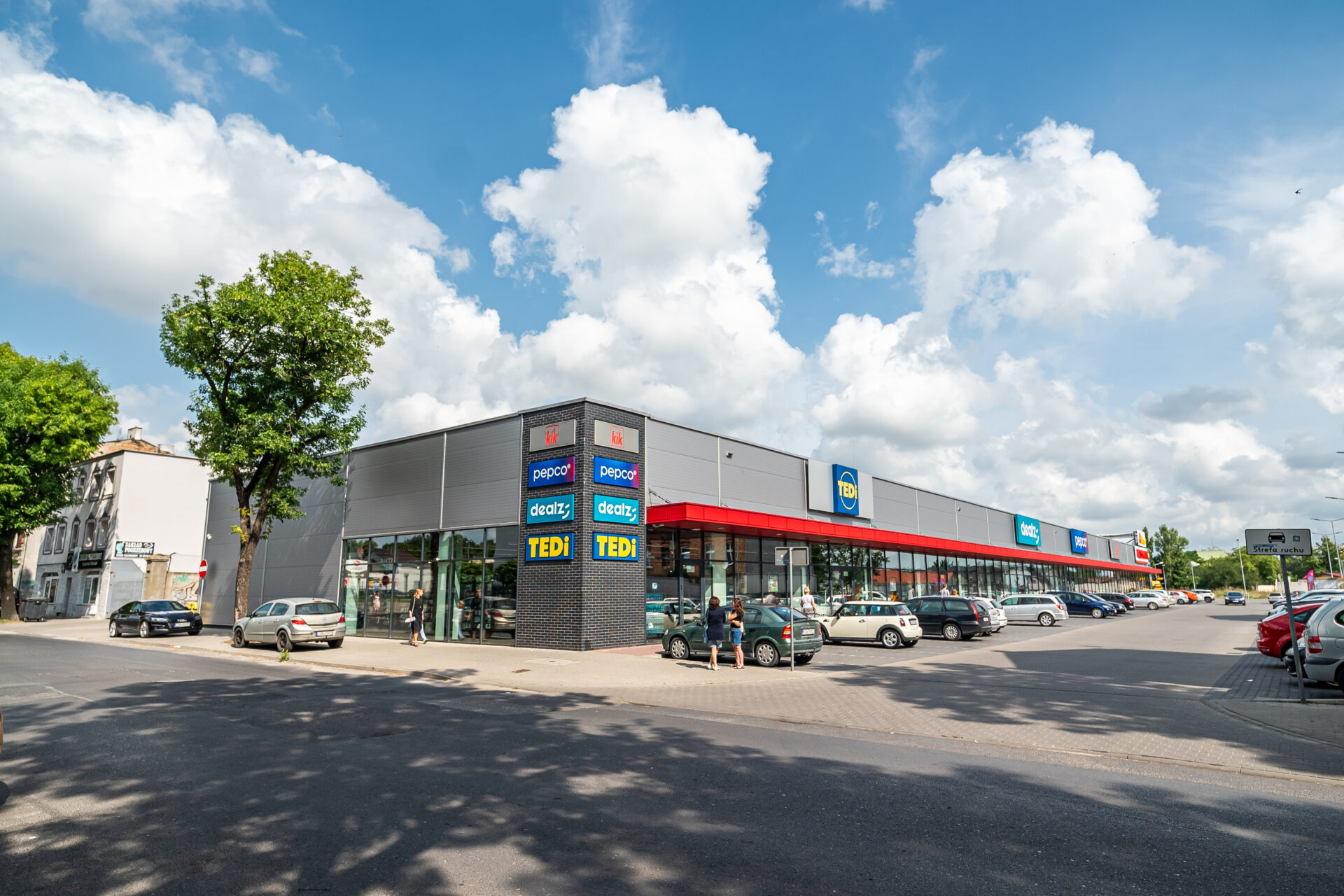Poland’s residential real estate market is increasingly moving into focus for cross-border investors. Demand for modern rental apartments that meet present-day standards is enormous and will keep growing. Conversely, supply is very low – yet is in the process of being expanded by developers such as Trei or Echo Investment. Market evidence suggests that members of the younger generation gravitate toward renting rather than buying their dwellings. According to JLL Poland, yield rates are currently 1.5 to 2.5 percentage points higher than in Western Europe. This is justified by the currency risk, which offsets the yield pick-up to some extent. Cross-border investors currently hail primarily from the United States, Western Europe and Germany. Their motive: They are hunting for yield and intend to enter the market cycle early on.
These are the key takeaways from today’s online press conference, headlined “Poland’s Residential Real Estate Market – Mature Enough for Foreign Institutional Investors?” Attendees included Maximilian Mendel, Head of Living Investment, JLL Poland, Pepijn Morshuis, CEO, Trei Real Estate, Dariusz Weglicki, Country Manager Poland, Catella Residential Investment Management, Jaroslaw Bator, Head of New Business, Echo Investment S.A. and Jacek Wesolowski, CEO, Trei Real Estate Poland.
Maximilian Mendel of JLL Poland kicked off the event by providing an overview: A closer look at the investment market reveals that the residential segment still plays a minor role in the transaction volume in Poland. Its share in the transaction total of the first half-year of 2020 amounted to just 4 percent. However, it has clearly followed an upward trend in recent years: In 2019, the transaction volume for Polish residential real estate approximated €330 million. This is up from a total of €125 million as recently as 2018. Among the main reasons for cross-border investors to commit themselves in Poland’s residential real estate market are the yield rates.
“Cap rates in many European metropolises are very low. They are down to 2.5 percent in Paris, down to 3.75 percent in London, and below three percent in German metropolises, too. In Warsaw, by contrast, prime yields equal 5.25 percent at present and go up to even 6 percent in subcentral Warsaw and regional cities. Moreover, we see rental income growth potential in Poland, and therefore upside potential for fair market values as well,” Mendel said.
Poland is home to the most important housing market in CEE
Mendel commented: “If you take the number of residential units completed over the past five years, Poland accounts for 60 percent of the total. Romania is in second place with 10 percent, followed by the Czech Republic with 7 percent – while the city of Warsaw within city limits accounts for 7 percent as well. The sheer size of the market is an important argument for foreign investors because it makes it easier to scale your investment.” The rental market will continue to develop. “The number of young professionals living in major cities is growing. At the same time, their preferences are shifting. Renting has generally become more acceptable, while the number of households will increase to 15.5 million by 2030 – which would be 1.8 million more than the 2011 total,” said Mendel.
Largely unregulated rental market a key advantage
Pepijn Morshuis, CEO of Trei Real Estate, drew the following conclusion: “All of the key ratios point to an out-performance of Poland’s private rental market in the near term.” Demand for rental apartments that meet present-day standards is very strong, whereas supply is very scarce. Here is why: The bulk of the rental apartments on the market is no longer up to date and fails to meet the requirements on the tenant side. A free rental market is only now beginning to evolve.” Morshuis considers the fact that Poland’s rental market is largely unregulated one of its major advantages. Trei has lately noted the growing number of cross-border investors from the US, the UK and Germany who invest in Poland. Pepijn Morshuis commented the fact by saying: “These investors are hunting for yield. They are eager to enter the market cycle early on, because yield compression is sure to come, even in this segment. A well-known example for the market entry of an international investor is the German real estate company TAG Immobilien AG.”
Currency risk: hedging is a costly affair
Dariusz Weglicki of Catella Residential Investment Management commented: “We acquired three residential projects in Poland with a combined total of 417 residential units. We, too, are well aware of the strong demand and assume that the shortfall adds up to at least one million apartments. The structure of the market, which includes several major cities of more than 500,000 residents, is also of advantage for investors.” Weglicki quoted a yield spread between 1.5 and 2.5 percentage points compared to Western Europe. “Yield rates are the key argument in favour of Poland’s rental housing market. But it is qualified by the currency risk. Foreign investors need to hedge this risk. Hedging is costly, and obviously compromises the yield pick-up to some extent.”
New-build rental apartments rapidly absorbed
Jaroslaw Bator of Echo Investment added: “We develop apartments that are managed via the Resi4Rent (R4R) platform. So far, we opened four new projects with a total of 1,240 apartments. Another 1,371 are under construction.” By 2025, R4R intends to have a total of 10,000 residential units under management on the platform. Bator went on to say: “Echo Investment is one of the companies that has entered this new and under-supplied market because we noted the demand for modern apartments in the cities. Our observation is confirmed not least by the speed of the take-up. We need 6-9 months to lease the project from 0 to above 95 percent.”
Trei Real Estate invests €150 million in the development of 1,620 residential units
Jacek Wesolowski, CEO of Trei Real Estate Poland, presented the strategy that Trei pursues on the Polish housing market: “Our efforts focus on the major cities, such as Warsaw, Krakow, Gdansk, Poznan or Lodz. This is where demand is strongest. So far, the effects of the coronavirus crisis have barely been felt in Poland’s building sector. Apartment sales have progressed at the same pace as they did prior to the crisis.”
In addition to Wroclaw and Lodz, Trei also secured further plots of land in Warsaw and Poznan. On the whole, Trei is developing 1,620 residential units in the four cities mentioned above. The company will invest a total of €150 million.







